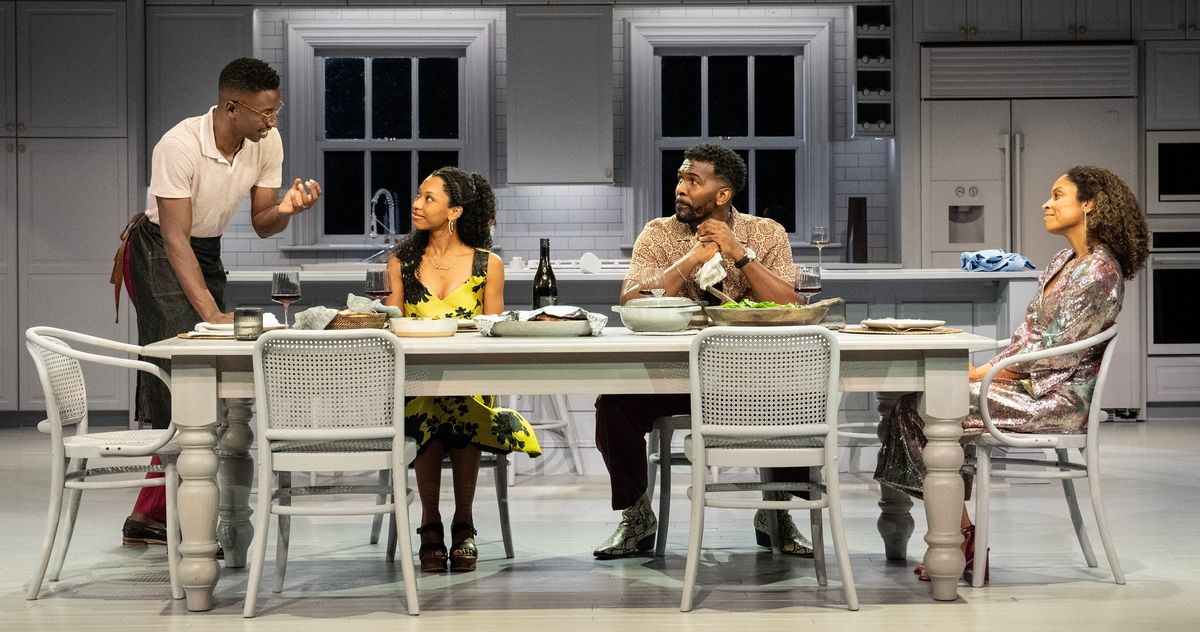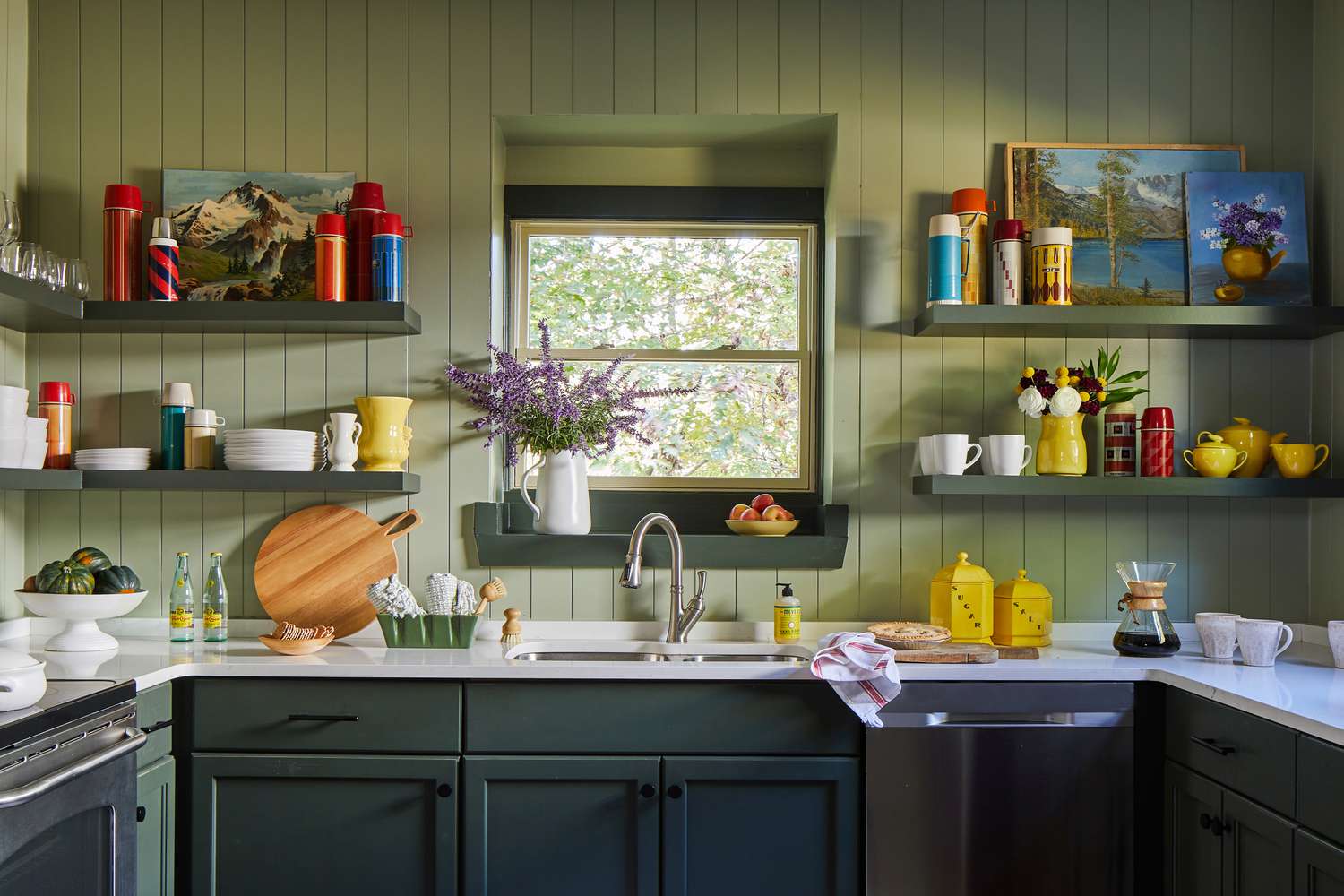The transformation of a townhouse and a theoretical probe into a city’s impending future amalgamate in the latest Off-Broadway play ‘Good Bones’ penned by James Ijames and directed by Saheem Ali. The plot unravels through the veil of a townhouse renovation, where the initial curtain of obscurity dissolves along with the dust and fumes of construction work, driving the audience into a journey involving house renovation, settlement plans, and the abrupt confrontation of change in the city’s life.
An immersive experience begins with Aisha and Travis’s plan to renovate their house. It seems like a triumphant homecoming for Aisha, who was brought up in Dunbar Gardens, a neglected corner of the city. It was a locality she never thought of returning, but employment brings her back, impelling her to invest in a developmental project intended to rejuvenate the community. They buy a historic townhouse in Fennbrook, envisioning their future family to grow there.
Earl, a local contractor hired for the renovation, beckons them warmly to the house, once the abode of the city’s first Black councilwoman. The meticulous eye for detail he exhibits during the renovation process develops into a sense of reclamation for him. However, the rejuvenation process gradually lays bare Aisha’s higher objectives for the society and her anticipated plans that, according to Earl, may displace many residents while eradicating the city’s legacy.
The rising tension between preserving the former state and a complete revival underlies the arguments between Aisha and Earl, emphasized in the decisions Aisha and Travis make in the refurbishing process. Their contemporary, monochromatic interior and the minimalist aesthetics, appear to be the vanguard of a uniform transformation that threatens to wipe out the uniqueness and vibrance of the neighborhood.
The setting and the aesthetic choices reflect the characters’ relationship with their world, emphasizing their craving for homogeneity and an upper-class lifestyle. The house then turns into a place juggling between the past and the present, a history that the couple tries to evade often, a specter that cannot be easily shunned. The biggest twist takes place in the open kitchen, where the pretense of congeniality fades between Aisha, Earl, and Travis, leading to a stark confrontation about their diverging visions for the community.
Aisha’s discomfort links back to the contradictory connection she has with the place, evoking her doubts about her urban renewal project. In the end, Aisha finally opens the French doors she always kept closed, welcoming the hustle and bustle of city life, the outside world that she earlier kept at bay. This closure negates the concept of a perfect, isolated home, leaving the audience to search for the essence of home beyond the physical boundaries. The walls dissolve into permeable boundaries as the sounds of urban life puncture the serenity of the sanctuary.
In conclusion, while the manifestation of a simple townhouse renovation serves as the background, James Ijames through ‘Good Bones’, explores the reciprocal relationship between the physical space and human thought, emotions, and actions. Home is perceived as more than a structural space, and it is an emotional framework, intertwined with community, tradition, and familiar faces. It dialogues on preservation and rapid urban renewal, subtly blending the personal with the universal, and inviting the audience to question the evolving dynamic of our cities.




